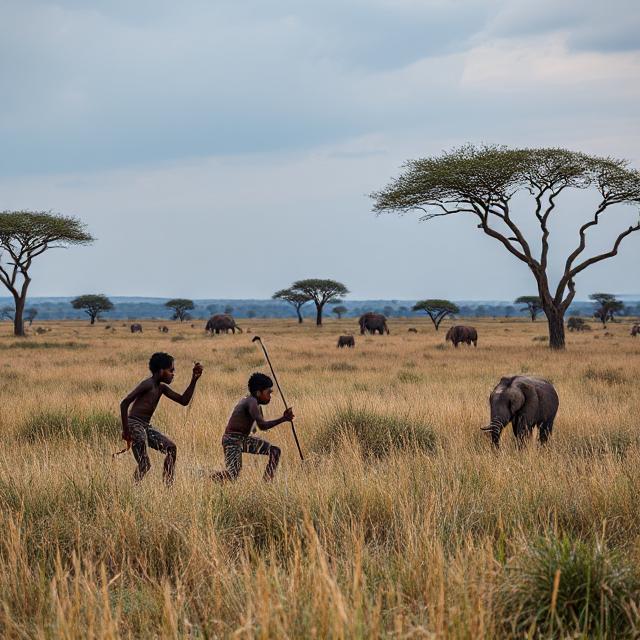For thousands of years, African societies have faced dramatic changes in climate. Despite contributing very little to global climate change, African communities have often been the most affected by its impacts. Understanding how ancient Africans adapted to these challenges can teach us valuable lessons for today’s world.
The Power of Diverse Livelihoods
Researchers studied archaeological, ecological, and chemical (isotopic) evidence from across Africa to see how people survived and thrived over the past 11,000 years. They found that diversifying livelihoods, using a mix of farming, herding, fishing, and foraging was key to long-term resilience.
Main Livelihood Strategies
– Pastoralism: Raising animals like cattle, sheep, and goats.
– Cultivation: Growing crops such as wheat, barley, millet, and sorghum.
– Hunting and Gathering: Collecting wild plants and hunting animals.
– Fishing: Relying on rivers, lakes, and coastal resources.
Most communities did not rely on just one strategy. Instead, they blended several, which allowed them to adapt to changing environments.
Climate Change and Human Adaptation
During the African Humid Period (about 14,700–5,500 years ago), much of Africa was wetter than today. As the climate became drier, people had to adjust their ways of living. For example:
– Pastoralism spread widely as people moved with their herds to find water and grass.
– Crop farming was more limited, often found in areas with reliable water like the Nile Valley.
– Fishing and foraging remained important, especially near lakes and rivers.
Isotopic Clues from Bones
Scientists used isotopic analysis of ancient bones to learn what people ate. This method can tell if diets were based on plants that use different photosynthesis pathways (C3 or C4), which are linked to different environments and crops. The results showed:
– Diets were split between C3 (like wheat and barley) and C4 (like millet and sorghum) plants.
– Pastoralist diets were the most varied, showing adaptability to many environments.
– Communities that mixed strategies were more resilient to climate shocks.
Lessons for Today
The study highlights that flexibility and diversity in livelihoods helped ancient Africans survive climate change. This approach is still relevant today, as modern communities face new environmental challenges. Supporting a range of food sources and ways of making a living can help build resilience against future climate risks.








